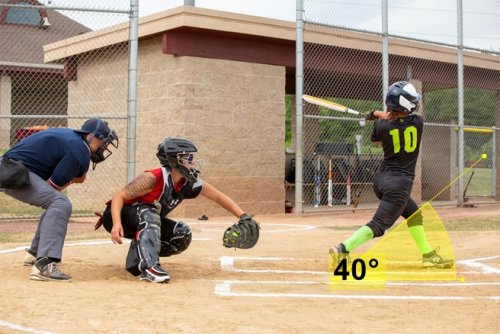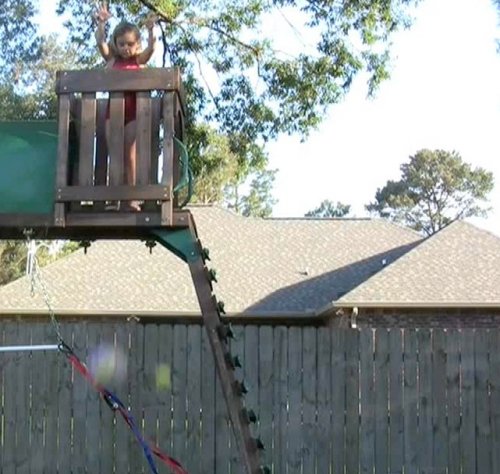I wish I couldn't but saw it weekly for a while. Picture slow pitch. That's it. Ok, not quite, but pretty close. When it's coming that slow, with an arc, it can cross at the knees or thigh and still hit the plate or right behind it. Makes it really dangerous for the inexperienced catchers too since they want to lean forward and try to catch it in the air.
I've played a fair amount of 6-12 slow pitch, and the called strike zone still required (by the principals of physics) the ball getting to some point beyond the plate. HS slow pitch the same. I also played unlimited arc where the strike call was based on the ball hitting the plate or the extension. The most objective strike decision ever! I still can't picture anything but a pitch coming down from Mars that crosses the defined FP strike zone AND hits the plate.







